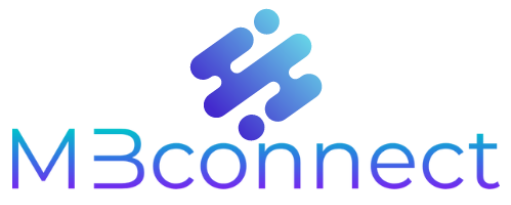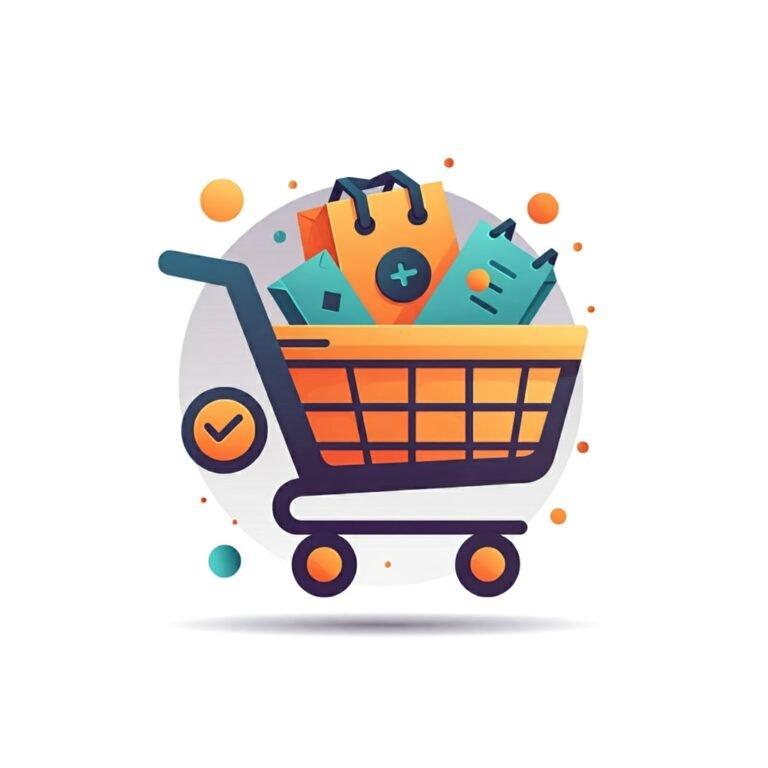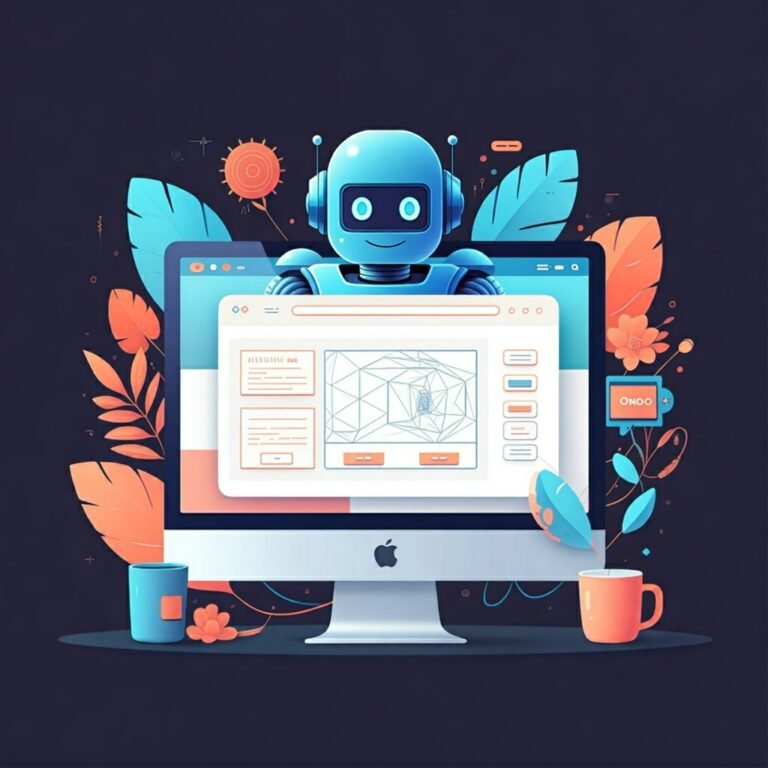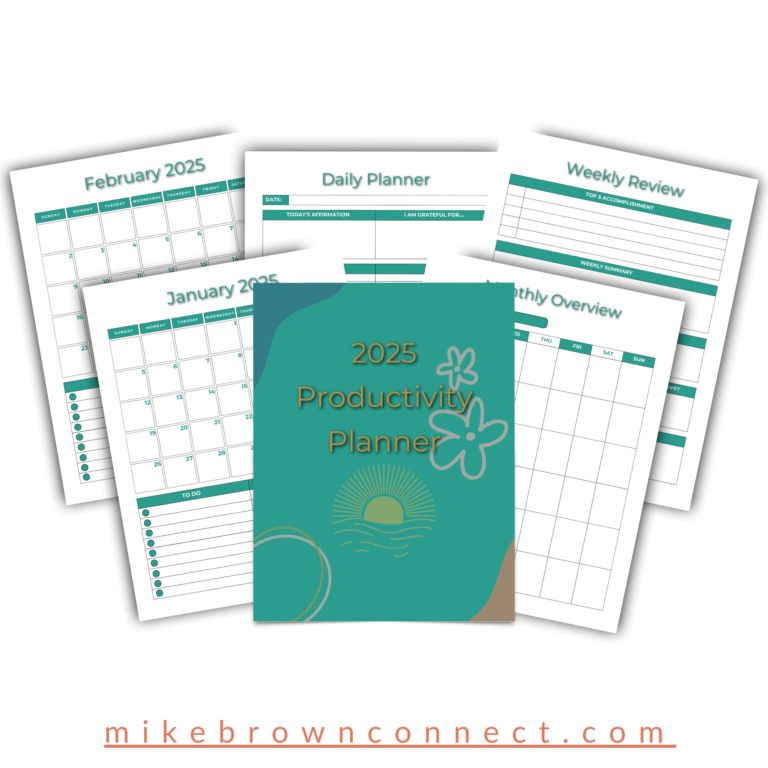Summary
In this comprehensive guide, I’ll explain how AI can transform your personal productivity journey. As someone who’s tested hundreds of AI tools and integrated them into my daily workflow, I’ll share my firsthand experiences on which tools deliver results. You’ll discover practical ways to automate routine tasks, enhance your creative process, and reclaim hours of your week without any technical background. By the end of this article, you’ll have a clear roadmap for leveraging AI to become significantly more productive in your personal and professional life.
Introduction
When I first started exploring AI tools for productivity back in 2022, I was honestly overwhelmed. The learning curve seemed steep, and I questioned whether the time investment would pay off. Fast forward to today, and I can confidently say that integrating AI into my daily workflow was one of the best decisions I’ve made for my productivity.
Here’s the truth: AI isn’t just for tech experts anymore. If you can use a smartphone, you can harness the power of AI to transform how you work.
I’m going to share with you in the next few minutes what initially took me months of trial and error to figure out. Whether you’re drowning in emails, struggling to organize your thoughts, or simply looking to free up more time in your day, an AI solution can help.
Understanding AI Productivity Tools
What Makes AI Different From Traditional Productivity Tools
Traditional productivity tools are like having a really organized filing cabinet—they store information exactly how you put it in. AI tools, on the other hand, are like having a personal assistant who files your documents and reads them, summarizes them, and makes connections between ideas you might have missed.
The key difference lies in adaptability. While traditional tools follow rigid rules, AI tools learn from your behavior and adjust to your needs over time. They can:
- Predict what you’re trying to accomplish
- Suggest more efficient approaches
- Handle complex, variable tasks that traditional automation can’t
- Improve their performance the more you use them
The Learning Curve (It’s Not as Steep as You Think)
Many people I talk to worry that implementing AI tools will require technical expertise or coding knowledge. Let me put that concern to rest right now.
Most modern AI productivity tools are designed with simplicity in mind. If you can navigate a smartphone app or use Microsoft Word, you already have all the technical skills you need to get started.
The real learning curve isn’t technical—it’s conceptual. It’s about understanding what AI can and cannot do for you, and how to frame your requests to get the best results.
Getting Started with AI Productivity Tools
Essential AI Tools for Beginners
AI Writing Assistants
As someone who writes thousands of words daily for various purposes, AI writing assistants have been game-changers for me. These tools help with everything from drafting emails to creating content to editing documents.
My top picks include:
- Jasper – Perfect for marketing copy and longer content pieces with exceptional output quality
- Wordtune – Excellent for rewriting and refining existing content with natural-sounding results
- Grammarly with AI capabilities – Goes beyond grammar checking to improve tone and clarity
AI Scheduling Tools
Nothing kills productivity like the back-and-forth of scheduling meetings. AI scheduling tools eliminate this drain on your time.
Tools worth exploring:
- Motion – This AI calendar assistant has saved me countless hours by automatically scheduling meetings based on my preferences and availability
- Reclaim.ai – Great for balancing work tasks with personal time by intelligently blocking your calendar
- Clara – Works like a human assistant, handling email correspondence to set up meetings
AI for Email Management
Email is still the primary communication channel for most professionals, but it’s also one of the biggest time-sinks.
These tools help tame the email beast:
- SaneBox – Automatically sorts emails by importance, helping you focus on what matters
- Superhuman – Uses AI to help you reach inbox zero with keyboard shortcuts and smart features
- Boomerang – Schedules emails and provides AI assistance for writing better messages
Setting Up Your AI Productivity Ecosystem
The key to success is not implementing every AI tool available but creating a seamless ecosystem of tools that work together. Here’s my approach:
- Identify your biggest time-wasters – Track where you spend most of your time for a week
- Start with one AI solution – Master it before adding another
- Ensure tools integrate well – Check if they connect with your existing systems
- Set up templates and workflows – Create repeatable processes that save even more time
- Schedule regular reviews – Assess what’s working and what could be improved
My Top AI Productivity Tools for 2025
For Content Creation and Writing
Content creation can be incredibly time-consuming, whether you’re writing blog posts, reports, or social media updates.
| Tool | Best For | Why I Love It |
| Sunsama | Daily planning with AI assistance | Combines task management with calendar in an intuitive interface |
| Timely | Automatic time tracking | Removes the hassle of manual time tracking while providing insights |
| Clockwise | Meeting optimization | Combines task management with a calendar in an intuitive interface |
For Task Organization
Staying organized is essential for productivity, and these AI tools take organization to the next level.
| Tool | Best For | Why I Love It |
| Notion AI | Knowledge management | Transforms how you organize information with AI-powered search and summaries |
| Mem.ai | Capturing and connecting ideas | Uses AI to connect notes and ideas across your knowledge base |
| Todoist with AI | Smart task management | Prioritizes tasks based on urgency and importance |
For Data Analysis
Making sense of data quickly can give you a competitive edge in decision-making.
| Tool | Best For | Why I Love It |
| Obviously AI | No-code data analysis | Makes predictive analytics accessible to non-technical users |
| Hex | Collaborative data notebooks | Combines the power of SQL, Python, and no-code in one platform |
| Akkio | Quick AI predictions | Delivers fast insights without requiring data science expertise |
Integrating AI into Your Daily Routine
Morning Productivity Boost with AI
I’ve transformed my morning routine with AI tools, and it’s dramatically improved my productivity for the entire day. Here’s what my AI-powered morning looks like:
- Email triage – My AI email assistant categorizes overnight emails so I can tackle the important ones first
- Daily briefing – An AI summarizes news, calendar events, and priority tasks
- Content planning – AI helps outline content I need to create that day
- Meeting prep – AI summarizes background information for upcoming meetings
Streamlining Work Tasks
The middle of your day is where AI can really shine by handling routine tasks while you focus on high-value work.
Tasks to delegate to AI:
- Meeting transcription and summarization – Tools like Otter.ai capture key points and action items
- Research assistance – AI can gather information from multiple sources and provide summaries
- Document drafting – Have AI create first drafts that you can refine
- Data visualization – AI can transform complex data into understandable charts and graphs
Personal Life Organization
AI isn’t just for work—it can transform your personal productivity too. I use AI to:
- Meal planning – Generate meal plans based on dietary preferences and what’s in my fridge
- Gift ideas – Get personalized gift suggestions based on the recipient’s interests
- Travel planning – Organize itineraries and find hidden gems at my destination
- Learning new skills – Create personalized learning paths for any subject I want to master
Measuring Your Productivity Gains
Setting Productivity Benchmarks
To truly understand the impact AI is having on your productivity, establish baseline metrics before implementing new tools. Consider tracking:
- Time spent on recurring tasks
- Number of items completed per day
- Deep work hours achieved
- Stress levels and work satisfaction
Tracking Improvements
After implementing AI tools, regularly assess your progress. I recommend:
- Weekly reviews – Quick check-ins on tool usage and benefits
- Monthly assessments – More detailed analysis of productivity metrics
- Quarterly optimization – Adjust your AI toolkit based on data and changing needs
Common Mistakes to Avoid
Overreliance on AI
The biggest mistake I see beginners make is expecting AI to do everything perfectly. Remember that AI is a tool, not a replacement for human judgment. Always review AI-generated content and decisions.
I learned this lesson the hard way when I once sent out an important email drafted by AI without carefully reviewing it—the tone was completely wrong for the recipient, creating an awkward situation I had to fix.
Not Customizing to Your Needs
Generic AI setups yield generic results. Take the time to:
- Train your AI tools with examples of your writing and preferences
- Create custom prompts for common tasks
- Adjust settings to match your workflow
- Combine multiple tools for more powerful results
Advanced AI Productivity Techniques
Custom Automation Workflows
Once you’re comfortable with basic AI tools, you can create powerful workflows that connect multiple systems. For example, I’ve set up a workflow that:
- Monitors my email for client requests
- Automatically drafts responses based on previous communications
- Creates tasks in my project management system
- Updates my CRM with new information
- Schedules follow-up reminders
This entire process now happens with minimal input from me, saving hours each week.
Combining Multiple AI Tools
The real magic happens when you combine specialized AI tools. Some powerful combinations I use:
- Research + Writing + Editing – Use one AI to gather information, another to draft content, and a third to polish it
- Calendar + Email + Task Management – Create a seamless system where scheduling, communication, and task tracking work together
- Notes + Knowledge Management + Summarization – Build a second brain that not only stores information but helps you make connections between ideas
Conclusion
Incorporating AI into your productivity system isn’t about replacing human creativity or judgment—it’s about amplifying your capabilities and freeing up your time and mental energy for the work that truly matters.
Start small, be patient with yourself as you learn, and focus on solving real productivity challenges rather than adopting AI for its own sake. Remember that the goal isn’t to use the most advanced tools but to create a system that works for your specific needs.
The future of productivity isn’t about working harder—it’s about working smarter by partnering with AI. As someone who has experienced the transformation firsthand, I can tell you that the time you invest in learning these tools now will pay dividends for years to come.
I’d love to hear about your experiences implementing AI productivity tools!
Drop a comment below or reach out directly with questions about getting started. Your productivity journey is just beginning, and I’m excited to see where it takes you.
Frequently Asked Questions
To address the most frequent questions I receive about AI productivity tools, I’ve compiled this FAQ section. These are real questions from readers and clients that might help you on your own AI productivity journey.
Absolutely not! Most of the AI productivity tools I’ve recommended are designed with non-technical users in mind. They feature intuitive interfaces that require no coding knowledge whatsoever. If you can use a smartphone app or navigate a website, you have all the technical skills needed to get started with AI productivity tools.
There’s a wide range of pricing options available. Many excellent AI productivity tools offer free tiers that are perfect for beginners. As your needs grow, paid plans typically range from $10-$50 per month for individual users. Enterprise-level tools with advanced features can cost more, but for most beginners, budget-friendly options will deliver significant productivity gains. I recommend starting with free trials to find tools that match your workflow before committing to paid subscriptions.
This is an important concern. Most reputable AI productivity tools have strong privacy policies and data protection measures in place. However, you should always:
* Read the privacy policy before signing up
* Check if the tool offers end-to-end encryption
* Look for SOC 2 or similar security certifications
* Be selective about what information you input
* Consider premium plans that often offer enhanced privacy features
For highly sensitive work, look for AI tools that offer on-premise deployment or don’t store your data on their servers.
In my experience, you’ll notice small improvements almost immediately. Simple tasks like email sorting or meeting transcription deliver instant time savings. However, the most significant productivity gains typically emerge after 2-4 weeks of consistent use, as you learn to prompt the AI better and integrate it into your workflows. The key is sticking with it through the initial learning phase—I promise it’s worth it!
Most modern AI tools prioritize integration capabilities. Popular productivity tools like Microsoft Office, Google Workspace, Slack, and major CRMs typically have extensive integration options with AI tools. Before adopting a new AI solution, check their integration page or reach out to support to confirm compatibility with your critical software. Zapier and similar automation platforms can also bridge gaps between systems that don’t directly integrate.
Finding the right AI tools requires some self-reflection about your workflow. I recommend:
1. Identifying your biggest time-wasters or pain points
2. Listing your must-have features and nice-to-have features
3. Starting with tools that address your most pressing needs
4. Taking advantage of free trials before committing
5. Asking for recommendations from people in similar roles
Remember that the “best” tool is subjective—what works perfectly for someone else might not fit your unique workflow.
This concern is understandable but misplaced. AI productivity tools are designed to handle routine, repetitive aspects of your work—not replace your creativity, judgment, or specialized expertise. In my years of working with these tools, I’ve found they free me to focus on higher-level tasks that actually showcase my unique skills. Think of AI as a powerful assistant, not replacing human intelligence and creativity.
The AI landscape evolves rapidly, but that doesn’t mean you must constantly switch tools. I recommend:
* Doing a quarterly review of your productivity system
* Following AI productivity news for major breakthroughs
* Testing new tools when they address specific pain points
* Prioritizing stability—constantly switching tools can hurt productivity
A good rule of thumb is that if your current tool still efficiently solves your problem, don’t feel pressured to change just because something newer exists.
Most modern AI productivity tools offer excellent mobile experiences through dedicated apps or responsive web interfaces. This cross-platform functionality is essential for today’s flexible work environments. Some tools even offer unique mobile features, like capturing ideas on the go or dictation capabilities. If mobile access is important to you, check that your chosen tools have well-rated mobile apps before committing.
Measuring productivity gains is crucial but often overlooked. I recommend:
* Setting baseline metrics before implementing new tools (like time spent on specific tasks)
* Using time-tracking tools to compare before-and-after scenarios
* Keeping a productivity journal to note qualitative improvements
* Setting specific goals for what you hope to achieve with each tool
* Regularly reviewing these metrics to ensure continued improvement
The most telling metric is often what you can accomplish with your newly freed time.
These questions cover many concerns I hear from beginners exploring AI productivity tools. If you have additional questions, feel free to reach out through the contact form on my website!






